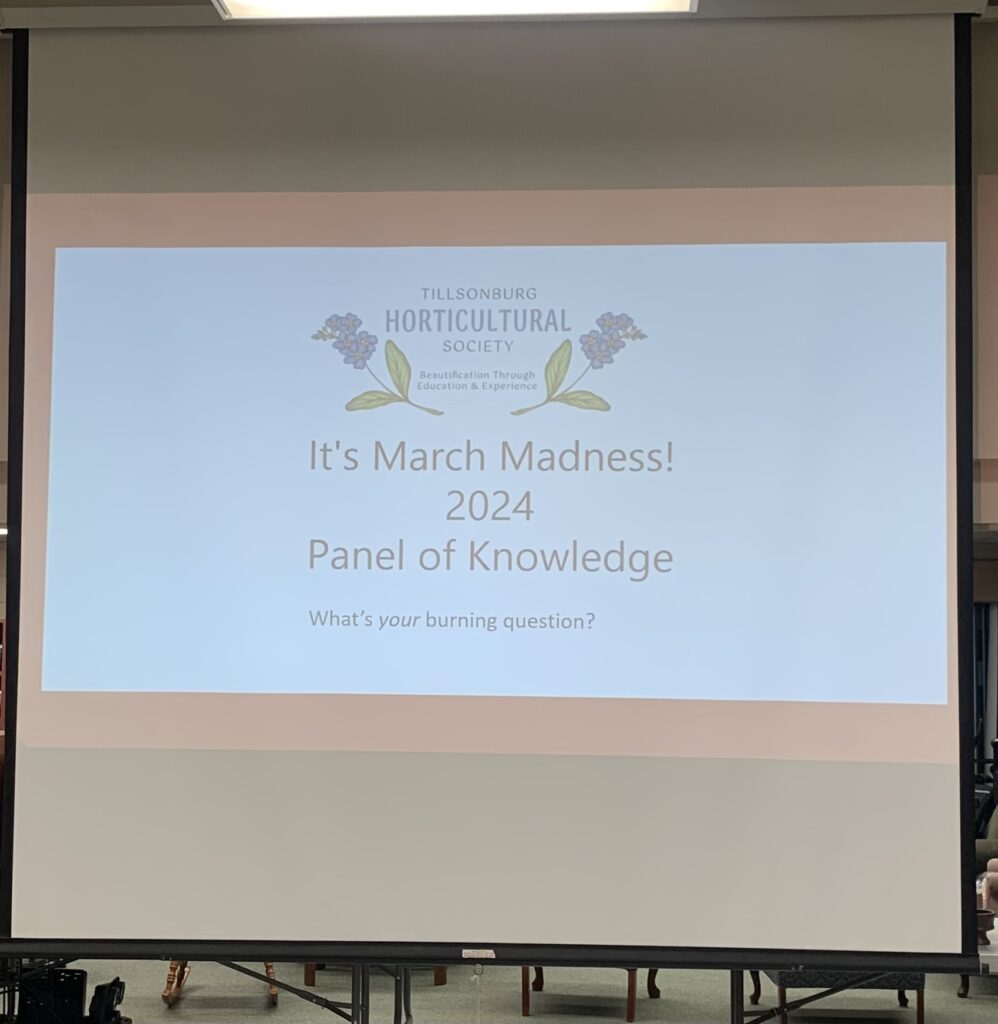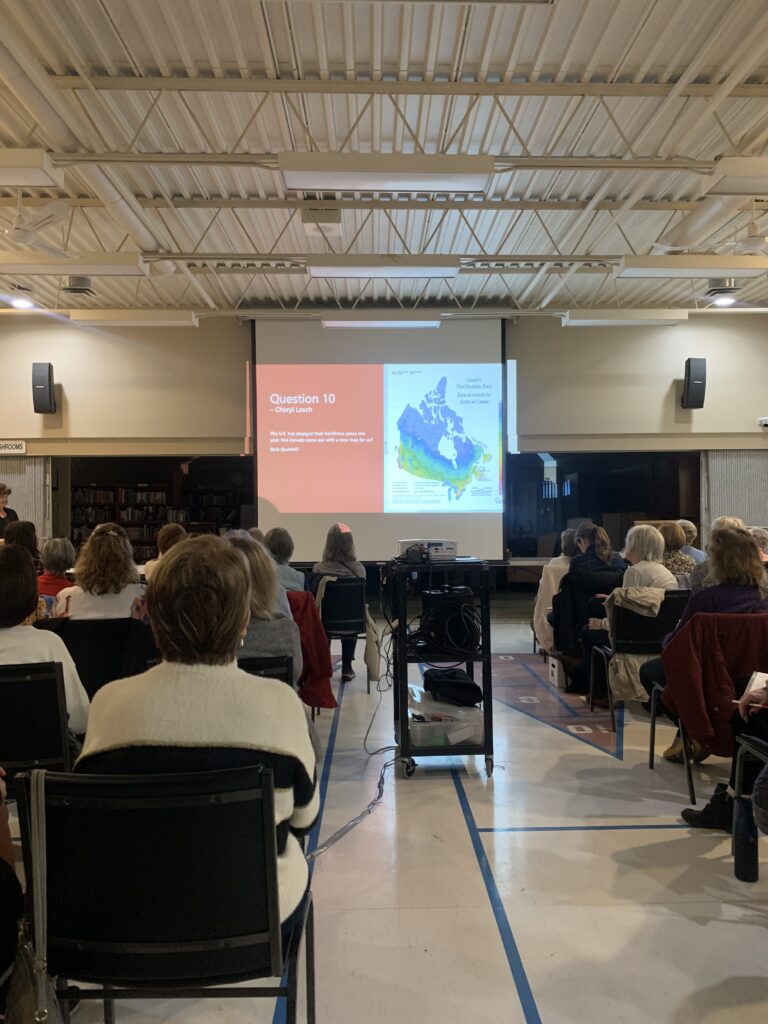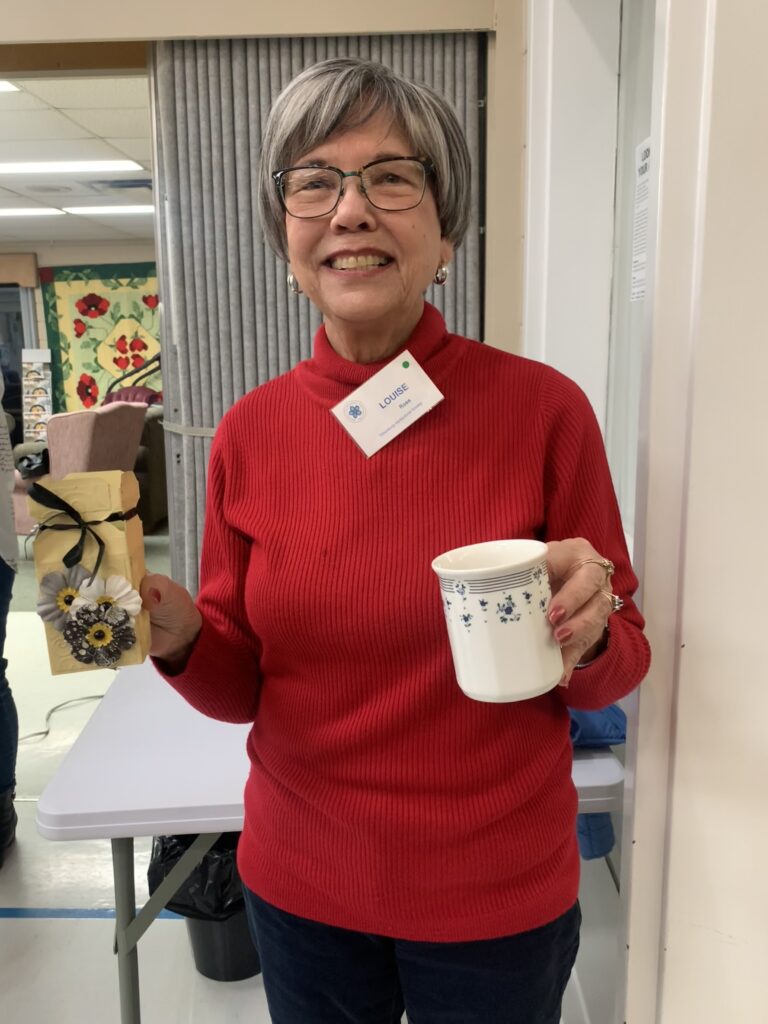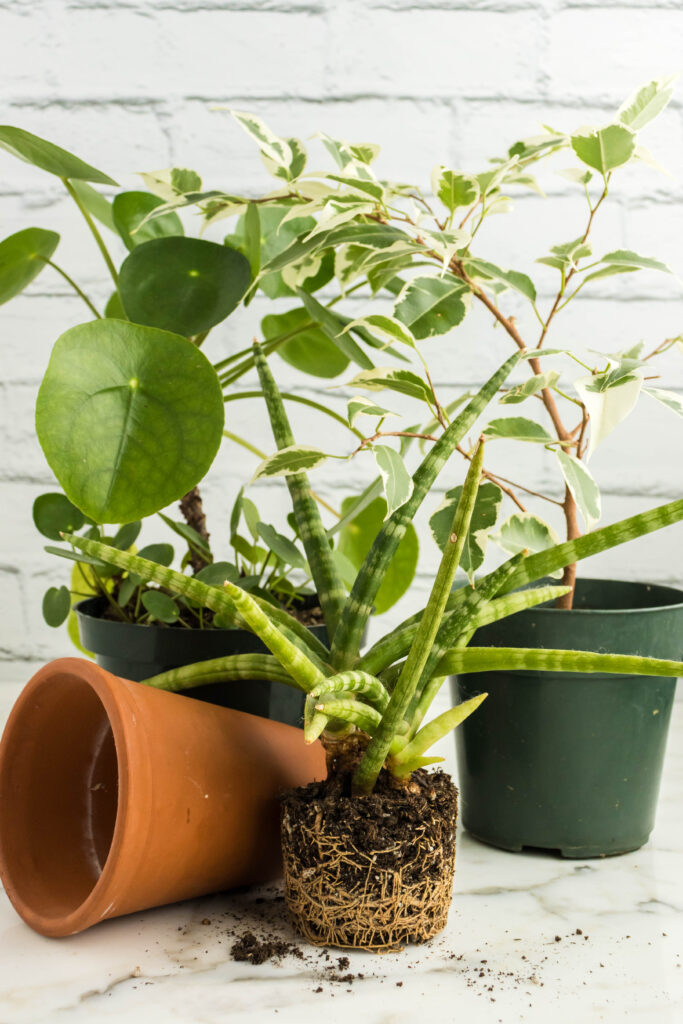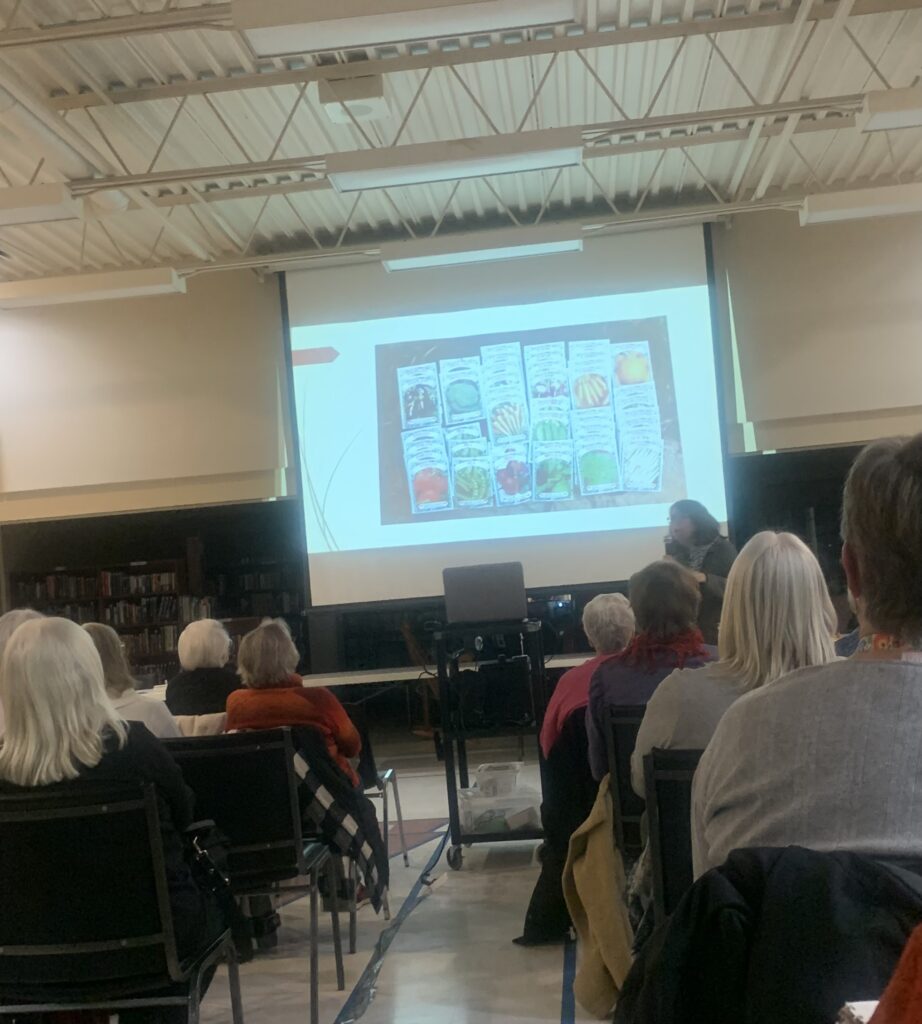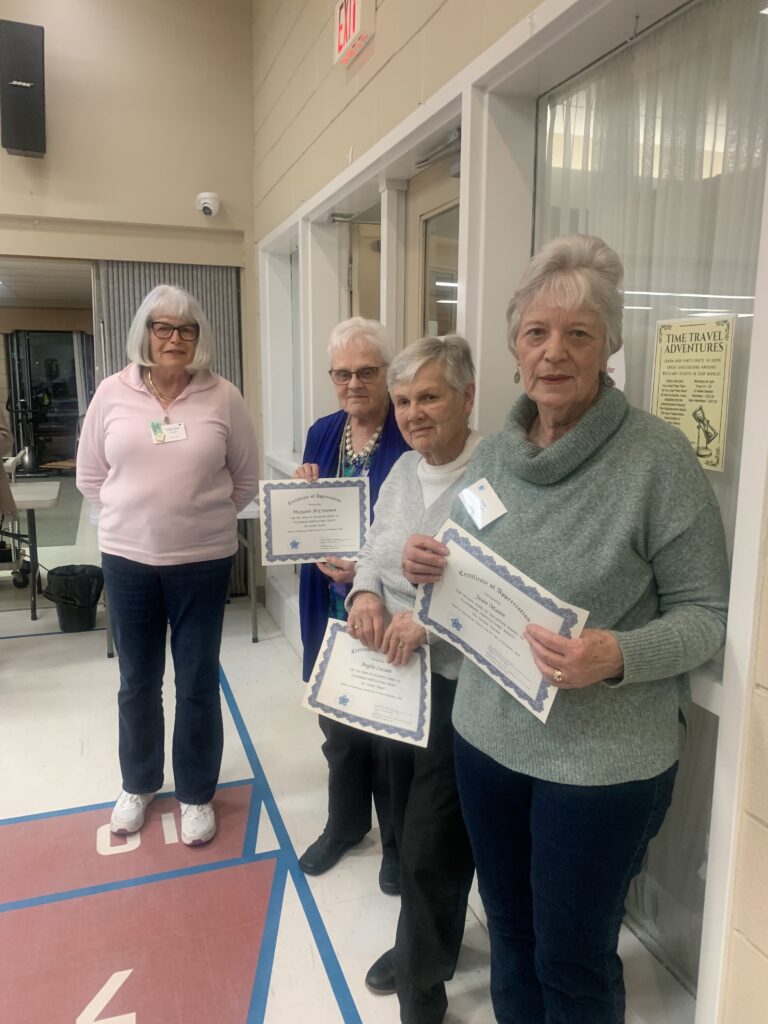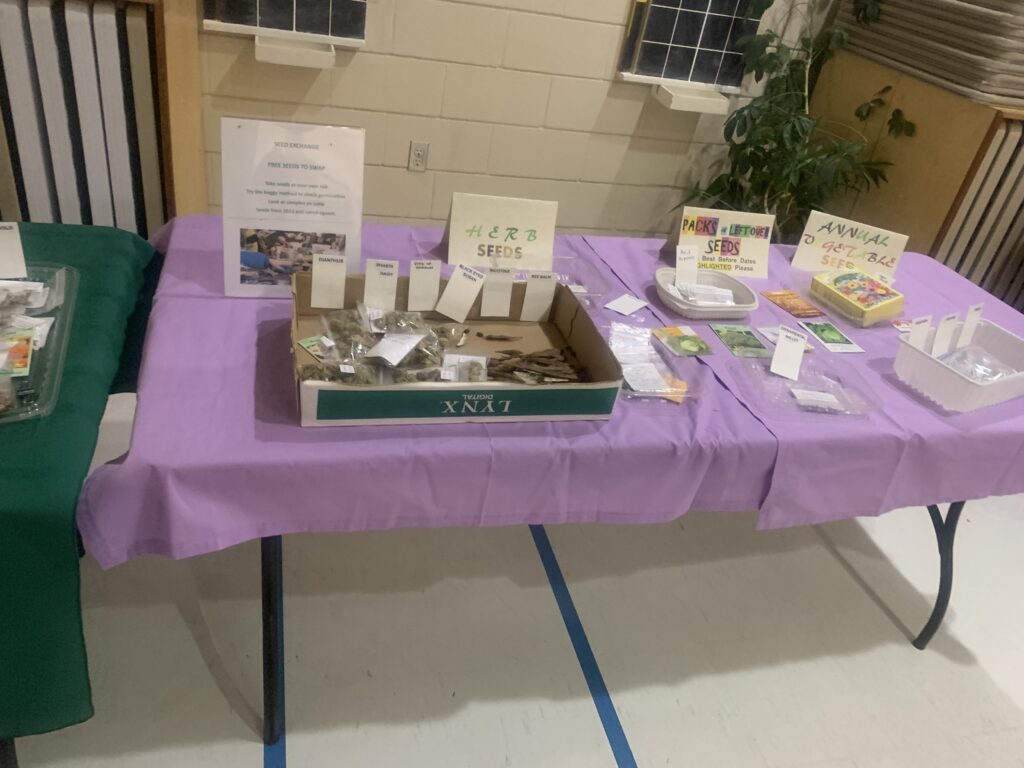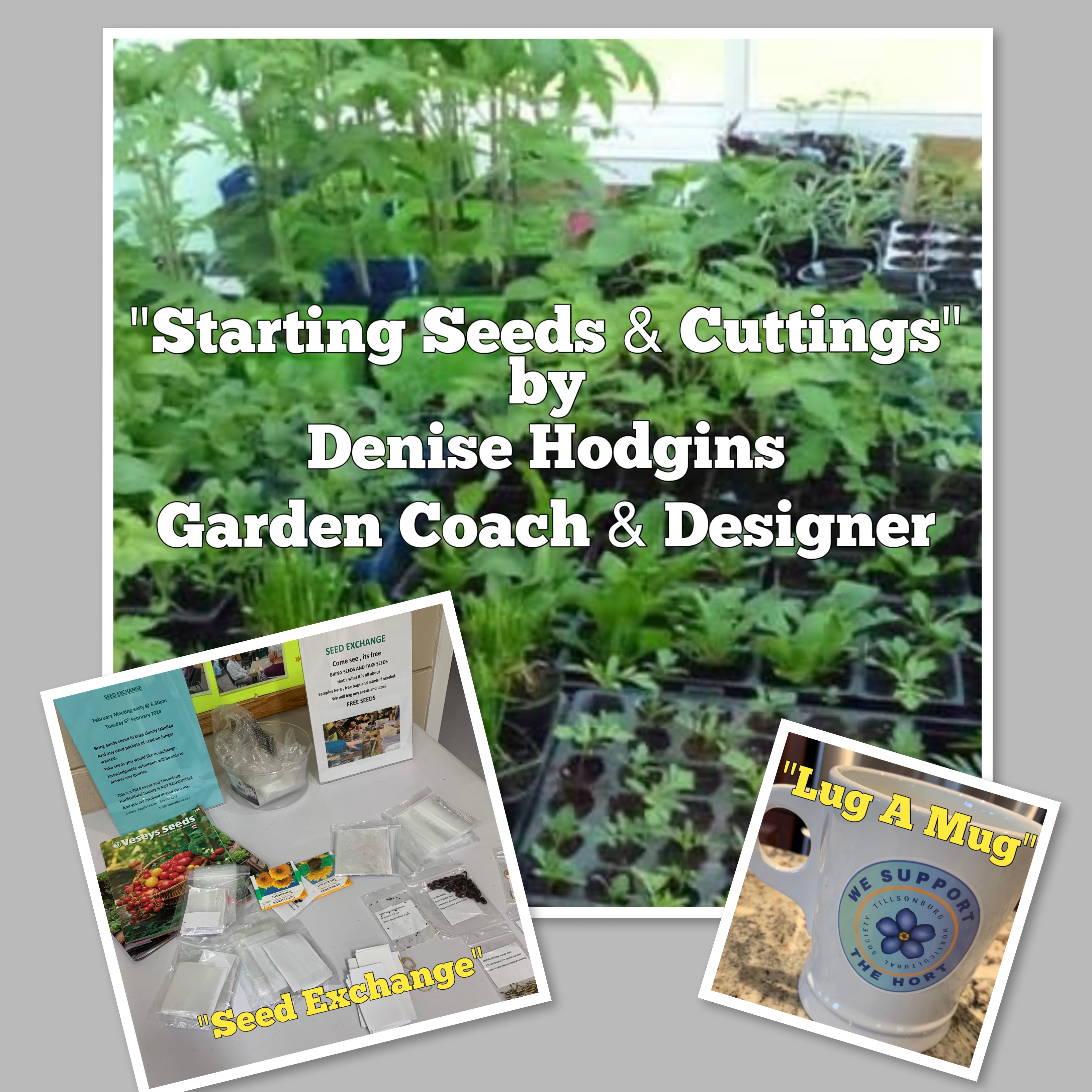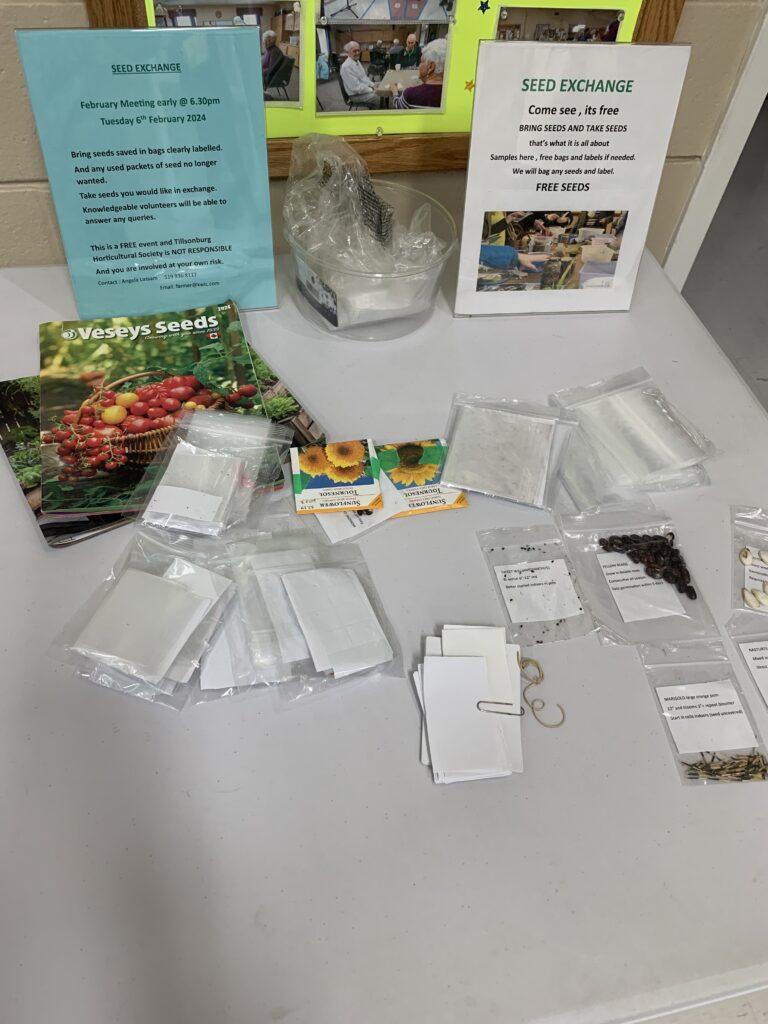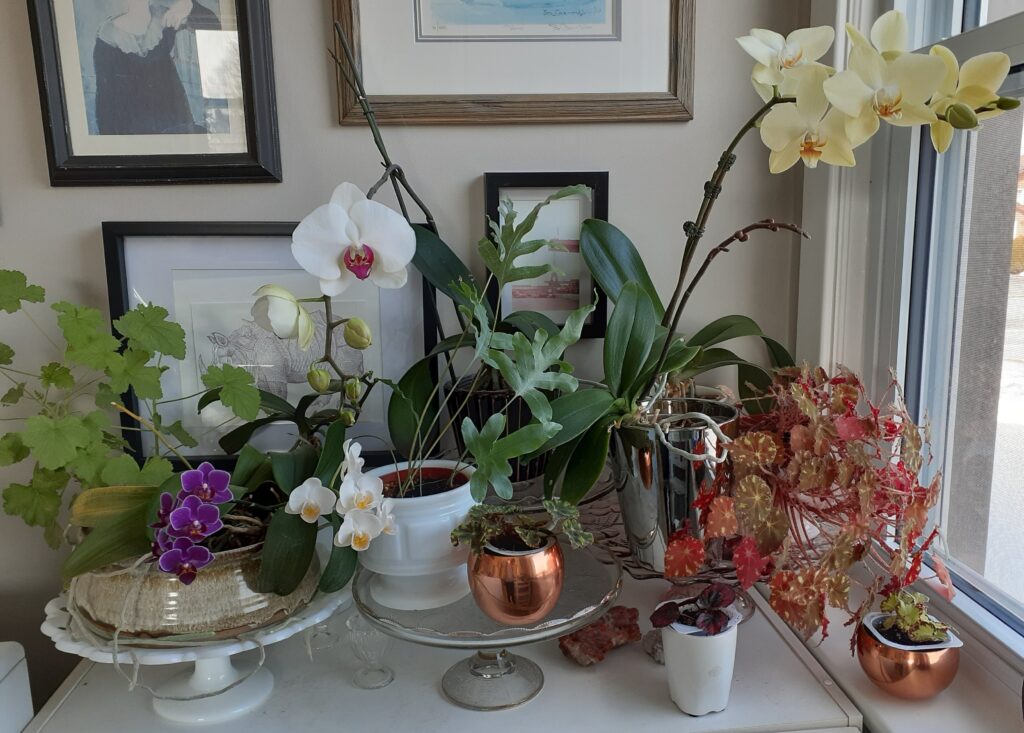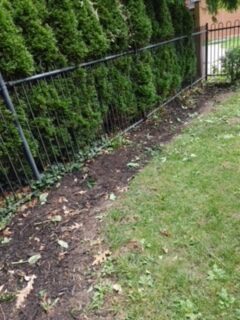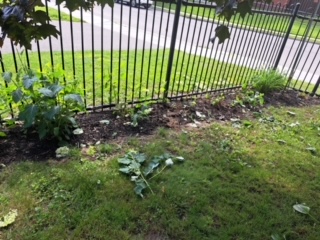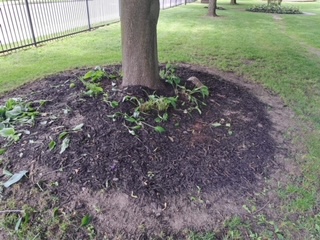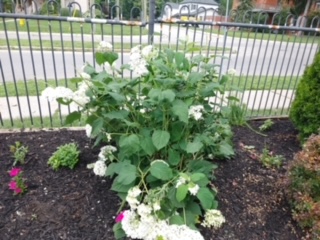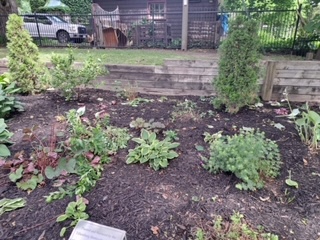March general meeting was interesting and informative. We had a full house of 90+ members and guest.
The highlight was “It’s March Madness – 2024 Panel of Knowledge!” THS members submitted great gardening questions to the expert panel, Jim Mabee, Master Gardener; Cheryl Losch, Master Gardener; and Matt Fenn, Tillsonburg Garden Gate.
Questions??
🌿Dividing Eucomis ?
🌿What is the difference between “Proven Winners” and “No Name” plants?
🌿White cedar damage, what caused this and what do I do?
🌿Yuccas, how do I keep it from spreading and taking over my flower bed?
🌿Pots, pots and more pots! Recycle and reuse!
🌿Patiently waiting for my plants to wake up for the next growing season? Timing and signs of growth?
🌿Red bud tree bark is cracking and peeling away at ground level ? Help!
🌿Difference between compost and mulch?
🌿Pruning my wisteria?
🌿 Has Canada come out with a new Hardiness Zone Map?
🌿Golden Chain tree dilemma?
🌿How often should l amend the soil in my perennial and annual lower garden? Can you use the soul from previous years con in your garden?
🌿What is the difference between Dipladenia and Mandevilla plants? Care and overwintering indoors?
Thank you to Cheryl, Jim, Matt and THS members for sending great questions.
Answers, ask a THS member !
President Christine shared information about the 16th Annual Garden Auction and Plant Sale on May 21st. This is the THS annual fundraising event!
Planning your 2024 garden, consider planting “Orange”. It is the colour to plant in 2024!
“Lug A Mug” ~ Louise was spotted with her mug at the March meeting social and received a sweet gift. Great response to “Lug A Mug” from membership!
April 2, 2024 General Meeting –
Bend like a Sapling, Don’t Break like a Twig….. The importance of warming up and stretching before you head out into the garden this spring!
Chris Streib B.SC (kin) is a registered physiotherapist and owner of Talbot Trail Physiotherapy.
Photo Credit: Linda and Pat

